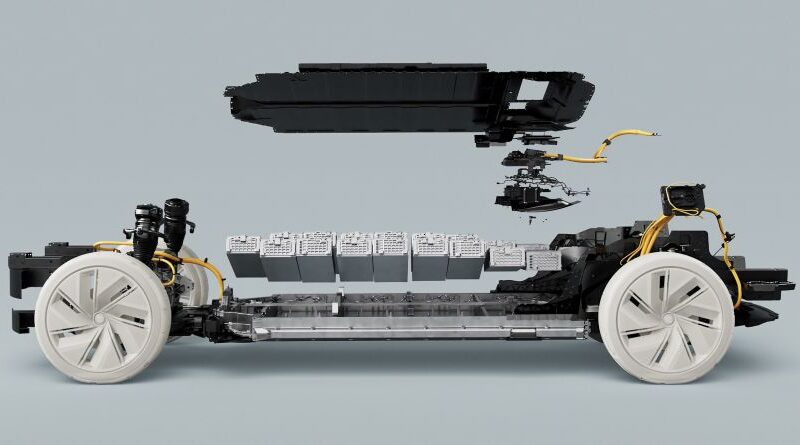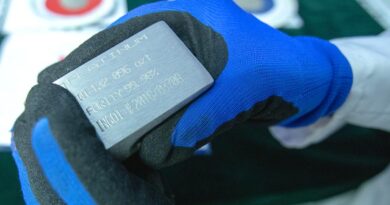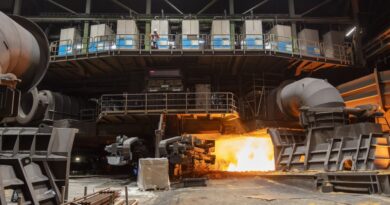Alternative batteries or lithium recycling
The environmental and supply issues have prompted companies to look for alternatives to the lithium-ion battery, including hydrogen. But none have come close to supplanting lithium in the all-important passenger car market, and most are years away from commercial viability.
“Lithium-ion will remain the dominant battery technology, at least up to 2035,” said BloombergNEF’s Ampofo. “Automakers will potentially have to become miners to help develop and scale up some of these next generation lithium extraction technologies.”
Lithium-ion batteries fall into a sweet spot that balances high energy density and safety. The mineral is the least-dense solid element with the greatest electro-chemical potential and a very low melting point, producing an excellent energy-to-weight performance.
Ulderico Ulissi, battery research lead at London-based Rho Motion Ltd., an energy transition researcher, predicts that solid-state and sodium-ion batteries could eventually challenge lithium-ion packs in some applications in the second half of the decade. “EV qualification, however, is a lengthy process and scaling up manufacturing of new technologies can bring several challenges.”
Another potential source of lithium is from recycling old batteries, a practice that could meet 16% of annual demand by 2035, according to BloombergNEF. But battery retirements are only set to surge after 2030. “Basically, there’s just not enough batteries to be recycled right now,” said McKinsey’s Hoffman, adding that recycling presents its own environmental problems. “There is no great way to recycle a battery today.”
One roadblock to investing in output is that not everyone is convinced that the market will remain undersupplied and miners don’t want to be burned again by the kind of glut that caused prices to slump in 2018.
The upshot is that the lithium crunch isn’t likely to go away soon, leaving an industry that exists because of the need to protect the environment with little option but to ramp up output as fast as possible, even with a supply chain that spews emissions and guzzles scarce resources.
“Yes, it helps to be green,” said Perks at Benchmark. “But right now, we need all the lithium we can get.”




